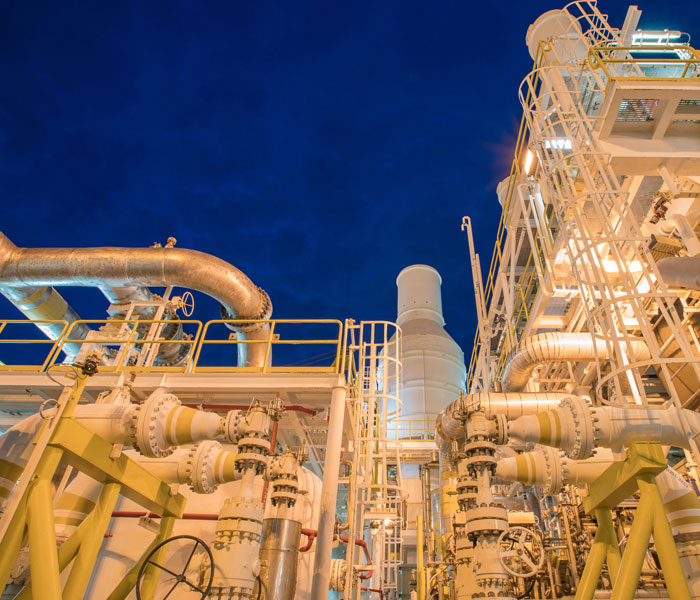IA2IA – The gateway to a fully autonomous future
Imagine you are walking through the factory floor of the future. The first thing you notice is the pristine condition of the space, and the elegantly orchestrated movements of the machines around you. You can see that not only are products being rapidly and precisely built, but that the machines themselves are also working together to adapt and make changes customizing each product seamlessly as if each were built for just one unique customer. You are interrupted gently by a robot looking to pass by you. As you step aside, that robot moves to the line to replace a worn machine with a brand-new replacement, stopping the line for only a minute or two to make the swap.


You pull out your smartphone or tablet and find a series of reports waiting for you. One report shows how the plant is operating, including productivity levels, tolerances, material usage, supply chain health and product demand forecasts. The other report shows how the advanced algorithms have been able to consistently generate efficiency and quality gains, and how those gains have converted to more profitability, agility and satisfied customers. The final report is one indicating suggestions that would allow for breakthrough performance, new technology recommendations, fundamental product redesign suggestions, and plans for how to make the plant more resilient to environmental, societal, and cyber events and anomalies.
When anything like this kind of future is presented, it can sound like fantasy. But converting fantasy to reality starts by naming the future, much like when the Internet of Things (IoT) and digital transformation were new concepts. The good news is when it comes to autonomous operations illustrated in the story above, more progress has been made than you might think. Yokogawa has been working on the vision, strategy, and pragmatic development and application and proving of these ideas for years. They have even coined a new term for it called IA2IA.
